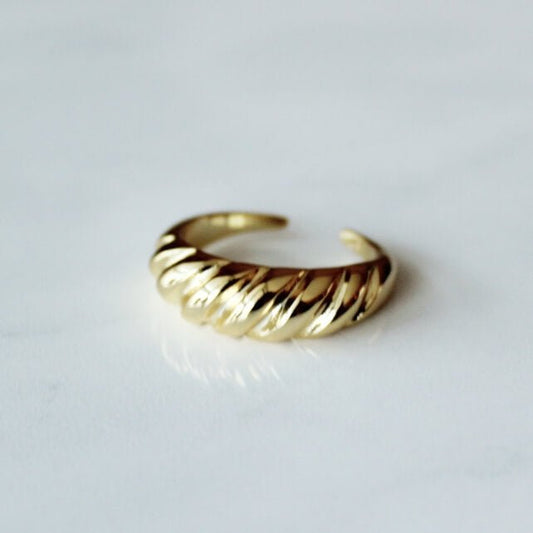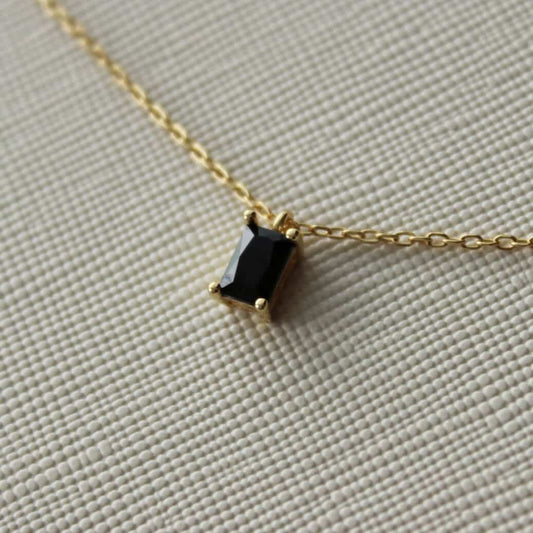The Kohinoor Diamond is one of the world's most famous and valuable diamonds, with a long and storied history that spans centuries and continents. From its origins in India to its current home in the United Kingdom, the Kohinoor has been the subject of many legends, myths, and controversies, and continues to be a symbol of power, wealth, and prestige.
In this blog post, we'll explore the history and significance of the Kohinoor Diamond, delving into its cultural and historical importance, as well as the controversies and conflicts that have arisen over its ownership and place in history.
The History and Origins of the Kohinoor Diamond
The Kohinoor Diamond is believed to have been mined in India's Golconda region, which was known for producing some of the world's most valuable and beautiful diamonds. The earliest known record of the Kohinoor dates back to the 14th century, when it was owned by the Kakatiya dynasty of south India.
Over the years, the diamond changed hands many times, passing from one Indian ruler to another. In the 16th century, it was seized by the Mughal emperor Babur, who added it to his vast collection of treasures. Later, the diamond was worn by several other Mughal emperors, including Shah Jahan, who built the Taj Mahal.
In the early 18th century, the Kohinoor Diamond was taken by the Persian ruler Nadir Shah, who conquered India and looted its treasures. The diamond remained in Persia for several decades, until it was captured by the Afghan ruler Shah Sh
The Significance of the Kohinoor Diamond
The Kohinoor Diamond has played an important role in Indian and British history, and continues to be a symbol of power and wealth. For centuries, the diamond was considered a source of divine power and was revered by Indian rulers as a symbol of their right to rule. When the British East India Company took control of India in the 19th century, they saw the Kohinoor as a symbol of their own power and took it as a spoil of war.
In 1851, the Kohinoor Diamond was presented to Queen Victoria as a gift from the British Indian government. The diamond was mounted on a brooch and became one of the most valuable pieces in the royal collection. Over the years, the diamond has been re-cut and re-mounted several times, and today it is part of the British Crown Jewels, displayed in the Tower of London.
The Journey of the Kohinoor Diamond Across Borders
Over the years, the Kohinoor Diamond has changed hands many times, crossing borders and oceans on its journey from India to Britain. The diamond has been the subject of many controversies and conflicts over its ownership, with India and Pakistan both claiming rightful ownership of the diamond.
In 1947, India gained independence from Britain and became a sovereign nation. One of the first things the new government did was to demand the return of the Kohinoor Diamond, arguing that it was taken from India under colonial rule and should be returned to its rightful owners. However, the British government refused to return the diamond, arguing that it was obtained legally and was part of the British Crown Jewels.
In recent years, the controversy over the ownership of the Kohinoor Diamond has continued, with India and Pakistan both pressing their claims to the diamond. However, the British government has refused to return the diamond, citing legal and historical reasons.
Is Kohinoor the largest diamond in the world?
There are several diamonds in the world that are similar in size to the Kohinoor Diamond. While the exact size of the Kohinoor Diamond is difficult to determine due to its many re-cuts over the centuries, it is estimated to weigh around 105 carats.
One diamond that is often compared to the Kohinoor in size and value is the Cullinan Diamond, which is the largest rough diamond ever found, weighing in at a staggering 3,106 carats. The Cullinan was discovered in South Africa in 1905 and was later cut into several smaller stones, including the 530.2 carat Great Star of Africa, which is the largest clear cut diamond in the world and is set in the British Sovereign's Sceptre.
Other notable large diamonds include the Lesedi La Rona, which is the third-largest rough diamond ever found and weighs 1,109 carats, and the Excelsior Diamond, which was discovered in South Africa in 1893 and was the largest diamond ever found at the time, weighing 995.2 carats.
In summary, while there are several diamonds in the world that are similar in size to the Kohinoor Diamond, none hold quite the same historical and cultural significance as the Kohinoor.
The Mystique and Legend of the Kohinoor Diamond
The Kohinoor Diamond is steeped in myth and legend, with many stories and legends surrounding its history and power. According to one legend, whoever possesses the Kohinoor Diamond will rule the world, while another legend suggests that the diamond brings bad luck to its owners.
In reality, the Kohinoor Diamond is a remarkable natural wonder, valued for its beauty, size, and rarity. The diamond has been the subject of scientific study and analysis, revealing the secrets of its unique properties and history.
The Legacy of the Kohinoor Diamond
Today, the Kohinoor Diamond is a cultural and historical icon, valued not only for its beauty and rarity, but also for its historical and cultural significance. The diamond is a reminder of India's rich cultural heritage, as well as the legacy of British colonial rule.
Despite the ongoing controversies over its ownership, the Kohinoor Diamond remains a symbol of power, wealth, and prestige, attracting visitors from around the world to see it in person. As we look back on the history of this remarkable diamond, we can appreciate its enduring beauty and the rich cultural legacy it represents.
The Kohinoor Diamond is more than just a precious stone; it is a cultural and historical icon with a rich and fascinating history. From its origins in India to its journey across borders and oceans, the diamond has played an important role in the history of both India and Britain.
Today, the Kohinoor Diamond continues to be a source of fascination and controversy, with India and Pakistan both claiming rightful ownership of the diamond. However, the diamond remains a part of the British Crown Jewels, displayed in the Tower of London for visitors to marvel at.
Despite the ongoing debates and controversies, the Kohinoor Diamond remains an important symbol of India's rich cultural heritage, as well as a reminder of the legacy of British colonial rule. The diamond's enduring beauty and historical significance continue to captivate people around the world, making it one of the most iconic and celebrated gems in history.
For anyone seeking to learn more about the Kohinoor Diamond, there is no shortage of information available online and in museums around the world. From the diamond's history and legends to its scientific properties and cultural significance, there is much to discover and explore about this remarkable gem. Whether you are a historian, a gemologist, or simply someone interested in the stories behind precious stones, the Kohinoor Diamond is a fascinating and rewarding subject to explore.






